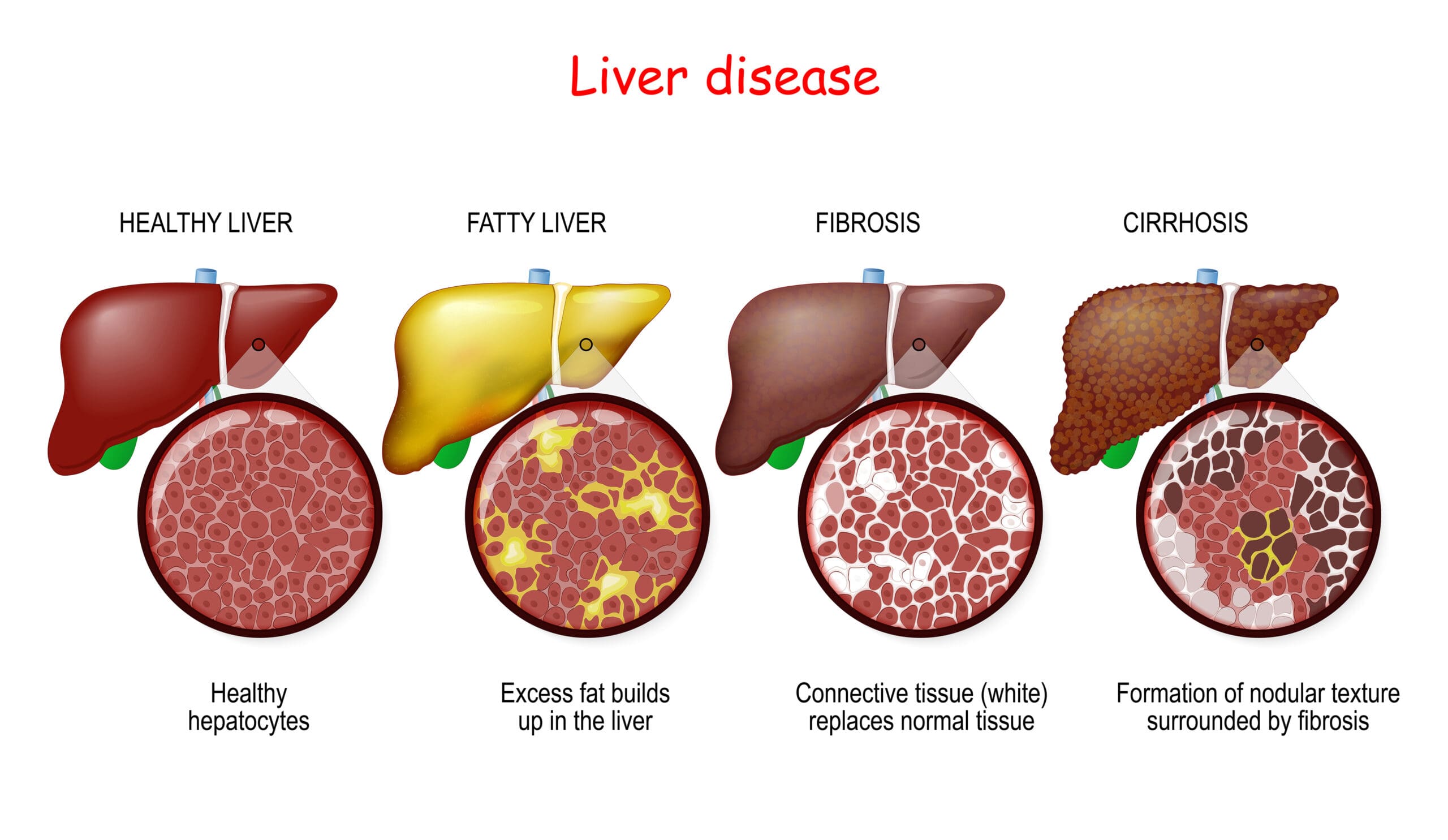Did you know that World Hepatitis Day is 28th July?
Hepatitis just means inflammation of the liver, because liver cells are called hepatocytes. However, this day focuses on raising awareness of viral hepatitis, with the aim of reducing the number of people who become infected through better prevention programs.
Every single day, an average of 4000 people die from viral hepatitis around the world. There are five different hepatitis viruses but the most common ones are hepatitis B and hepatitis C.
In Australia in 2011, an estimated 218,000 people were living with chronic hepatitis B. Approximately 60 percent of these people were born overseas, in a country with a high prevalence of the virus, such as China, Vietnam, Philippines, Greece or Italy.
When it comes to hepatitis C, in 2010 there were 267,000 Australians living with a chronic infection. Chronic hepatitis C is the leading indication for liver transplantation in this country.
The more information you have about hepatitis, the better equipped you’ll be at reducing your risk of infection.
How is hepatitis contracted?
Hepatitis A
You can catch this infection by eating food or drinking water that has become contaminated with the faeces of someone with hepatitis A. This most commonly occurs while travelling in third world countries where hygiene standards are sometimes much lower. You can also catch hepatitis A by eating raw seafood that has lived in water contaminated by sewage. The hepatitis A virus is destroyed by heat; it is killed if heated to above 85 degrees C for at least one minute. Most people fully recover from hepatitis A in a few weeks.
Hepatitis B
This infection can be acquired through contact with the blood or bodily fluids of an infected person. Hepatitis B is the most common sexually transmitted disease in the world. You can reduce your risk of infection by using condoms and avoiding sharing personal items such as razors, toothbrush, nail clippers or needles. It is possible to contract hepatitis B from tattoos or body piercing if proper hygiene measures are not adhered to. This is more common in third world nations. If a woman has hepatitis B, she can infect her baby during labour. There is a vaccine for hepatitis B.
Hepatitis C
This is mostly contracted through contact with the blood of an infected person. Only minute quantities of the virus need be present to cause an infection. The hepatitis C virus is ten times more infectious than HIV. It is possible to contract this virus through sexual intercourse but that’s less likely. There is currently no vaccine for hepatitis C. In recent years big advancements have been made in the drugs available for treatment. In some instances new treatments can eradicate the virus in up to 90 percent of cases.
Hepatitis D
You can catch this virus by coming into contact with the blood of an infected person. This infection is only present in people who already have hepatitis B. At the moment there are no effective drug treatments for this virus.
Hepatitis E
This virus can be contracted the same way as hepatitis A. Therefore you can reduce your risk of infection by paying close attention to the food and water you consume, particularly while traveling.
Chronic, long term infection with hepatitis can significantly increase the risk of cirrhosis of the liver or liver cancer. Liver cancer is the third most common cause of cancer death in the world.
If you are concerned about the health of your liver, ask your doctor for a liver function test. If you have had an abnormal result on a liver function test it’s important to find out what’s causing it. Ask your doctor for a hepatitis test.
Source: Centers for Disease Control and Prevention









Leave A Comment